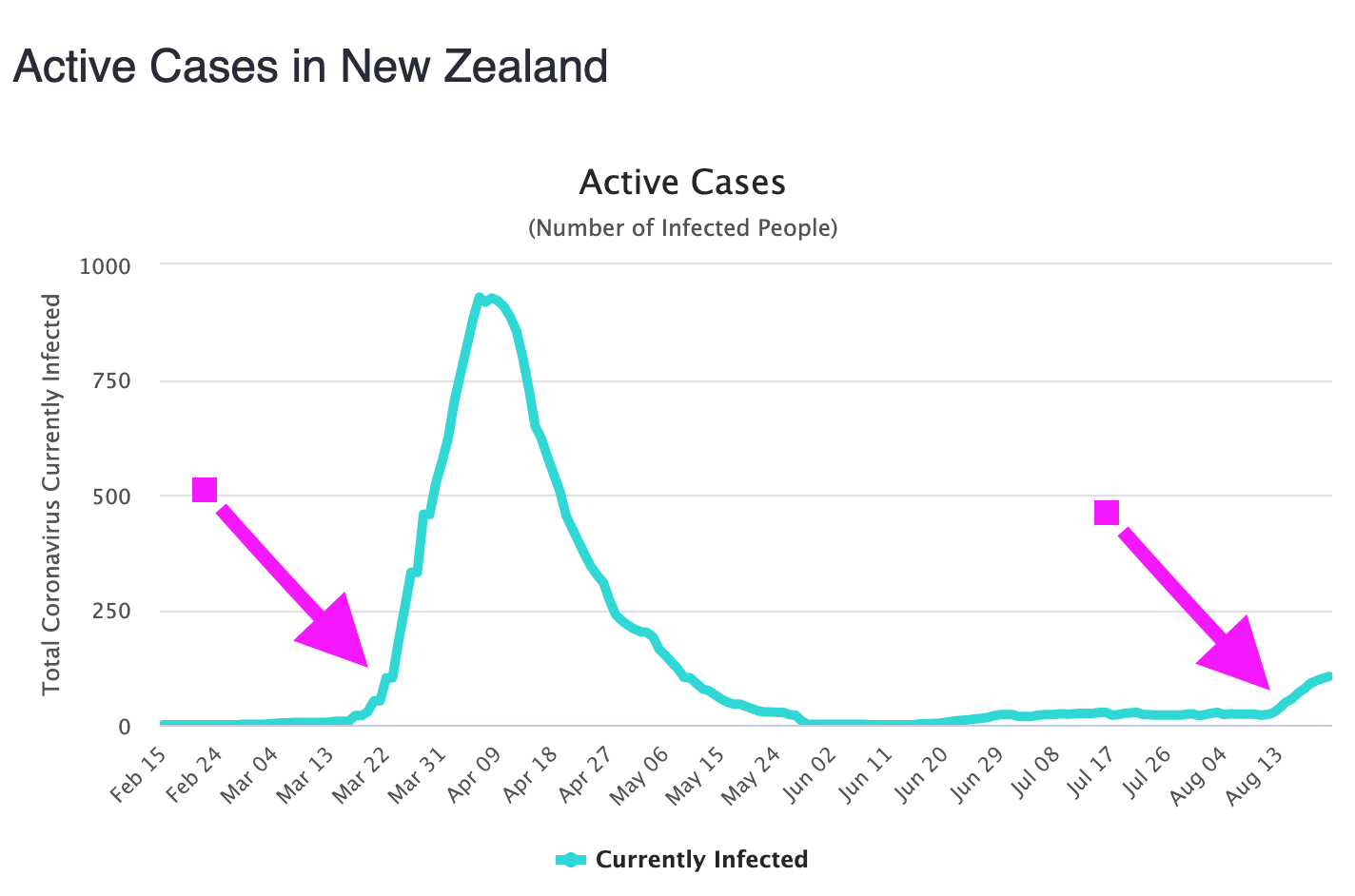Rugby Premiership Predictions for Round 17
Team Ratings for Round 17
I got caught out a bit this round with games being played earlier in the week and then again on the weekend. As usual my predictions are what they would have been before the games were played, the predictions are produced by running my algorithm over the past data and information about home grounds.
The basic method is described on my Department home page.
Here are the team ratings prior to this week’s games, along with the ratings at the start of the season.
| Current Rating | Rating at Season Start | Difference | |
|---|---|---|---|
| Exeter Chiefs | 10.41 | 7.99 | 2.40 |
| Saracens | 7.39 | 9.34 | -1.90 |
| Sale Sharks | 5.79 | 0.17 | 5.60 |
| Wasps | 1.79 | 0.31 | 1.50 |
| Bath | 1.08 | 1.10 | -0.00 |
| Bristol | 0.96 | -2.77 | 3.70 |
| Gloucester | -0.16 | 0.58 | -0.70 |
| Northampton Saints | -1.24 | 0.25 | -1.50 |
| Harlequins | -2.38 | -0.81 | -1.60 |
| Leicester Tigers | -4.42 | -1.76 | -2.70 |
| Worcester Warriors | -5.81 | -2.69 | -3.10 |
| London Irish | -7.20 | -5.51 | -1.70 |
Performance So Far
So far there have been 96 matches played, 61 of which were correctly predicted, a success rate of 63.5%.
Here are the predictions for last week’s games.
| Game | Date | Score | Prediction | Correct | |
|---|---|---|---|---|---|
| 1 | Wasps vs. Sale Sharks | Aug 26 | 11 – 20 | 1.70 | FALSE |
| 2 | Bristol vs. Exeter Chiefs | Aug 26 | 22 – 25 | -5.30 | TRUE |
| 3 | Leicester Tigers vs. London Irish | Aug 27 | 13 – 7 | 7.50 | TRUE |
| 4 | Saracens vs. Gloucester | Aug 27 | 36 – 20 | 11.50 | TRUE |
| 5 | Worcester Warriors vs. Harlequins | Aug 27 | 29 – 14 | -0.60 | FALSE |
| 6 | Northampton Saints vs. Bath | Aug 27 | 3 – 18 | 4.20 | FALSE |
Predictions for Round 17
Here are the predictions for Round 17. The prediction is my estimated expected points difference with a positive margin being a win to the home team, and a negative margin a win to the away team.
| Game | Date | Winner | Prediction | |
|---|---|---|---|---|
| 1 | Sale Sharks vs. Bristol | Aug 30 | Sale Sharks | 9.30 |
| 2 | Harlequins vs. Northampton Saints | Aug 30 | Harlequins | 3.40 |
| 3 | Exeter Chiefs vs. Worcester Warriors | Aug 31 | Exeter Chiefs | 20.70 |
| 4 | Gloucester vs. Leicester Tigers | Aug 31 | Gloucester | 8.80 |
| 5 | London Irish vs. Saracens | Aug 31 | Saracens | -10.10 |
| 6 | Bath vs. Wasps | Sep 01 | Bath | 3.80 |
